Timing and Safety for Asbestos Siding Repairs
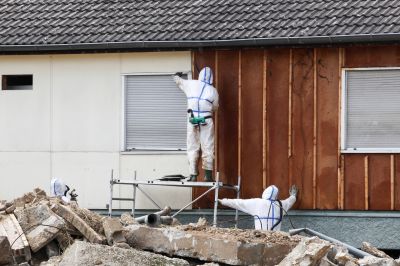
Conducting inspections before repairs ensures proper assessment of asbestos condition.

Optimal repair times are during mild weather to prevent delays and ensure safety.

Scheduling during periods of high material stock reduces project delays.

Ways to make Asbestos Siding Repairs work in tight or awkward layouts.

Popular materials for Asbestos Siding Repairs and why they hold up over time.
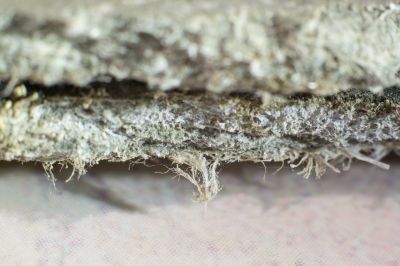
Simple add-ons that improve Asbestos Siding Repairs without blowing the budget.
Asbestos siding was commonly used in construction due to its durability and fire resistance. However, when damaged or deteriorated, it can pose health risks if fibers become airborne. Repairing asbestos siding requires careful handling and adherence to safety guidelines. The timing of repairs is crucial; performing them during suitable weather conditions and when materials are readily available can minimize hazards and ensure a smoother process.
Spring and early fall are ideal for asbestos siding repairs due to moderate temperatures and lower humidity.
Cracks, chips, or visible deterioration suggest repairs should be scheduled promptly to prevent fiber release.
Extreme heat, cold, or rain can hinder repair work and affect material handling and safety.
Ensure proper access, safety equipment, and assessment of asbestos condition before scheduling repairs.

Proper procedures involve containment, removal, and replacement following safety protocols.

Specialized tools ensure safe handling and minimize fiber release during repairs.

Protective gear like respirators, gloves, and coveralls are essential during repairs.

Visual comparison shows the transformation after proper asbestos siding repairs.

Inspecting for cracks and deterioration helps determine the urgency of repairs.

Repair scheduling should consider forecasted weather conditions for safety and efficiency.

Proper handling reduces fiber release and ensures compliance with safety standards.

Using the right equipment ensures effective and safe asbestos siding repairs.
| Aspect | Details |
|---|---|
| Optimal Seasons | Spring and early fall are preferred for moderate weather conditions. |
| Weather Impact | Extreme cold, heat, or rain can delay or complicate repairs. |
| Material Availability | Scheduling during high stock periods ensures timely completion. |
| Damage Signs | Cracks, chips, and deterioration indicate the need for immediate repairs. |
| Safety Considerations | Repairs should be scheduled when proper safety measures can be maintained. |
| Inspection Timing | Regular inspections can help identify issues early and plan repairs accordingly. |
| Environmental Conditions | Low humidity and mild temperatures reduce fiber release risk. |
| Long-term Maintenance | Timely repairs extend siding lifespan and reduce future costs. |
Performing asbestos siding repairs at the appropriate time helps ensure safety, efficiency, and durability. Proper planning considers weather conditions, material availability, and the extent of damage. Engaging professionals with experience in asbestos handling is essential for safe and effective repairs. Regular inspections can identify issues early, allowing for scheduling repairs during optimal periods and avoiding unnecessary hazards.
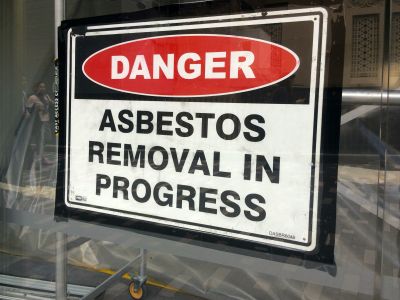
Professional repair work with safety protocols in place.
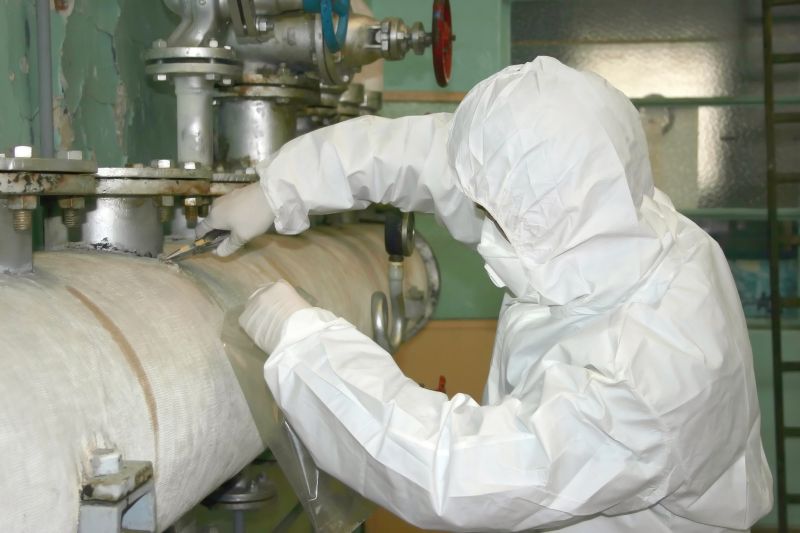
Ensures safety during asbestos siding handling and repair.
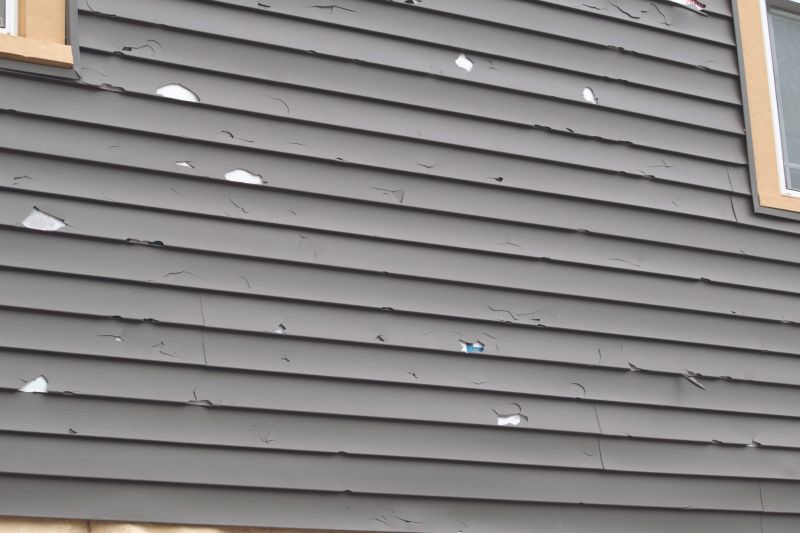
Visible deterioration requiring timely intervention.

Restored siding with minimized asbestos fiber risk.

High-end options that actually feel worth it for Asbestos Siding Repairs.
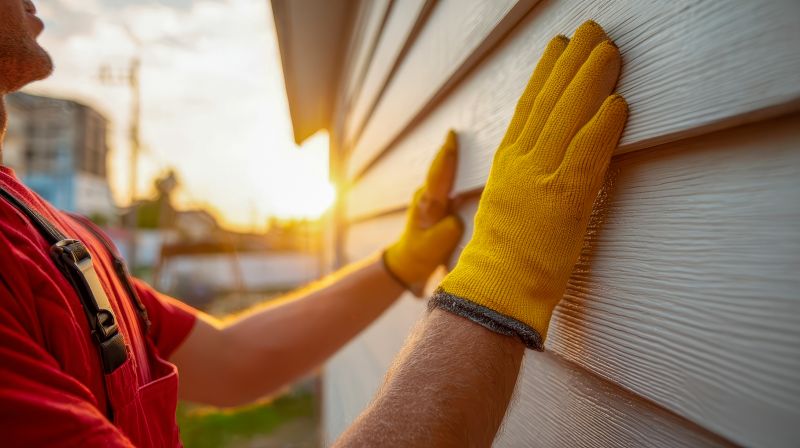
Finishes and colors that play nicely with Asbestos Siding Repairs.
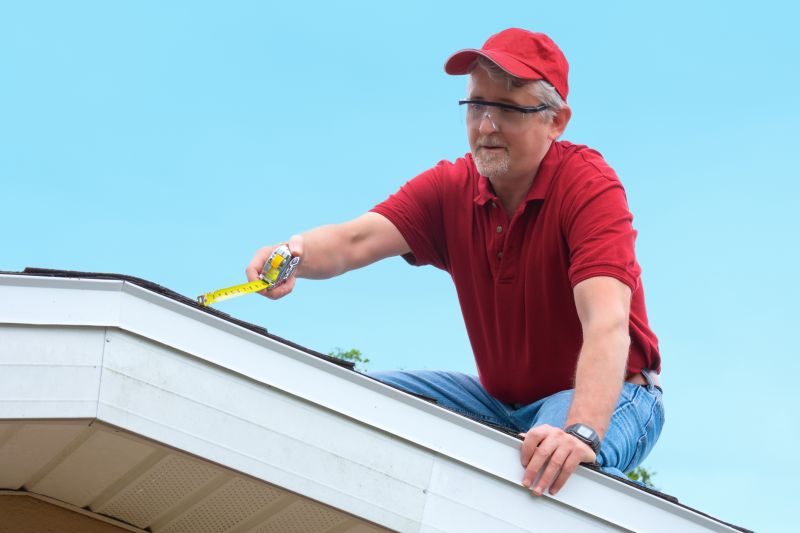
Little measurements that prevent headaches on Asbestos Siding Repairs day.
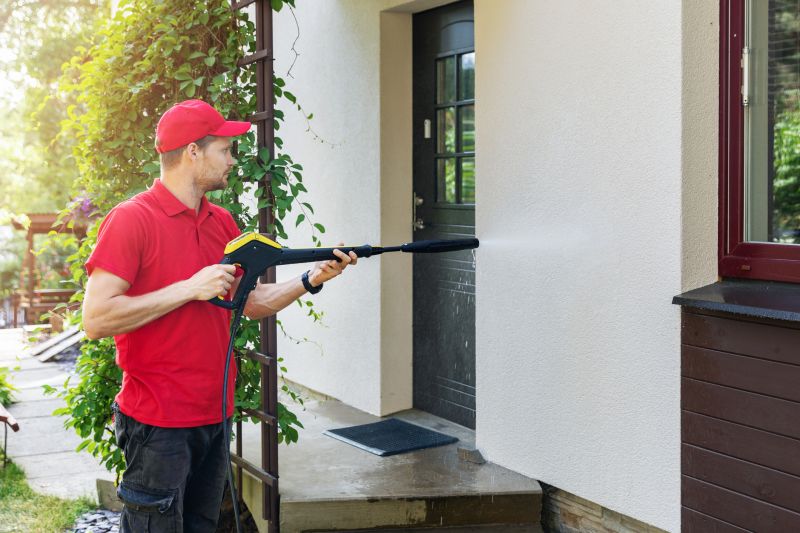
A 60-second routine that keeps Asbestos Siding Repairs looking new.
Interested in asbestos siding repairs? Filling out the contact form can provide more information and assistance tailored to specific needs. Proper timing and professional handling are key to maintaining safety and prolonging the lifespan of siding materials.



